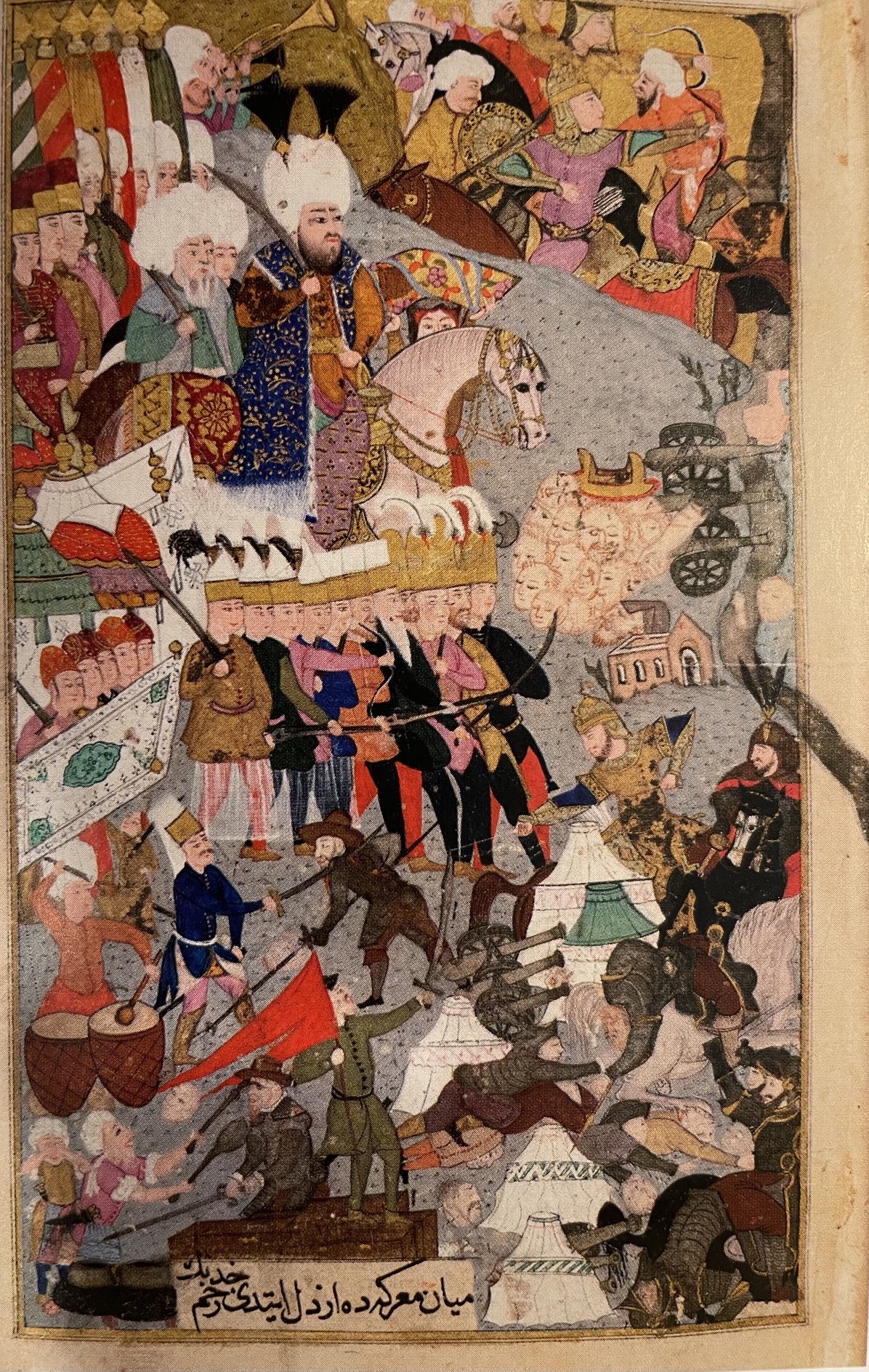
 |
|
|
#1 |
|
Member
Join Date: Sep 2024
Posts: 4
|
Hello I am new in this forum. I am interested were there any "scimitar" like swords used in Islamicate worls thriugh history. By scimitar I am talking about the type of curved sword stereotypical in movies and video games for middle easterners. I heard about it being a fictional sword because western Europeans allegedly draw it falsely during the crusades, but I have seen quite a few miniatures from Islamicate world were the warriors/soldiers are using a "stereotypical scimitar". So I am interested is there any proof for such a sword in Islamicate world, or are those just badly drawnk Kilijes.
   Also I saw this Indian sword that kinda looks like the stereotypical scimitar, what do you think? Are there any more? 
|
|
|

|
|
|
#2 |
|
Vikingsword Staff
Join Date: Dec 2004
Location: The Aussie Bush
Posts: 4,396
|
Welcome to the Ethnographic Forum, ebuhamza135, and thank you for your question. I hope you enjoy your time here.
As I think you are aware, the word "scimitar" does not occur in the Muslim world. What is popularly depicted as a "scimitar" is a falchion-like sword with a blade that widens toward the tip and has a prominent clip. More generally, the term seems to have been applied to curved sabers that were used primarily as slashing weapons, rather than stabbing swords used commonly by western Europeans. Curved swords with convex edges were very common in Islamic cultures, and there are numerous words to describe them. We have several experts on Islamic swords here who will no doubt be along shortly to help you with your question. Regards, Ian. |
|
|

|
|
|
#3 |
|
Arms Historian
Join Date: Dec 2004
Location: Route 66
Posts: 10,281
|
The term 'scimitar' is more of a corruption derived from probably the mid 16th century Persian term for saber, 'shamshir', which became the Italian 'scimitarra' in the effort in translating . While never referring definitively to a specific sword form, it meant collectively a curved, exotic saber.
The term itself became popularized in that sense and romanticized in the colorful writing of European writers and especially Victorian novelists of the 19th c. The saber itself has brought much consternation as to its origins, where, when and by whom...but generally it seems that these light, curved swords began around 9th century in Khurasan or some Central Asian nomadic context, favored for slashing cuts from horseback. In the Dar al Islam, it seems that primarily the swords used were double edged broadswords, though there was incidental use of the saber during the Crusades and of course following, as Turkic tribes brought the saber westward. It is a very complex history as to the specifics of the types of sabers which evolved in varying regions; India; Middle East; Arabia; Turkey; Central Asia etc. Terms such as tulwar, shamshir, kilij, are collective terms for sword in general in the various languages. However they have become stereotyped into certain distinct forms by writers and collectors so it is difficult to elaborate on etymological correctness. The term scimitar is basically a romantic term for any type of saber, especially if unusually exotic in appearance. |
|
|

|
|
|
#4 |
|
Member
Join Date: Dec 2019
Location: Eastern Sierra
Posts: 497
|
Kirill Rivkin and Brian Isaac's "A Study of the Eastern Sword" is a good starting point that is fairly assessable for research on this subject.
Good luck and welcome! |
|
|

|
|
|
#5 |
|
Arms Historian
Join Date: Dec 2004
Location: Route 66
Posts: 10,281
|
ABSOLUTELY excellent recommendation!!! a well written and thorough resource by two brilliant scholars on these topics.
|
|
|

|
 |
| Tags |
| middle east |
|
|